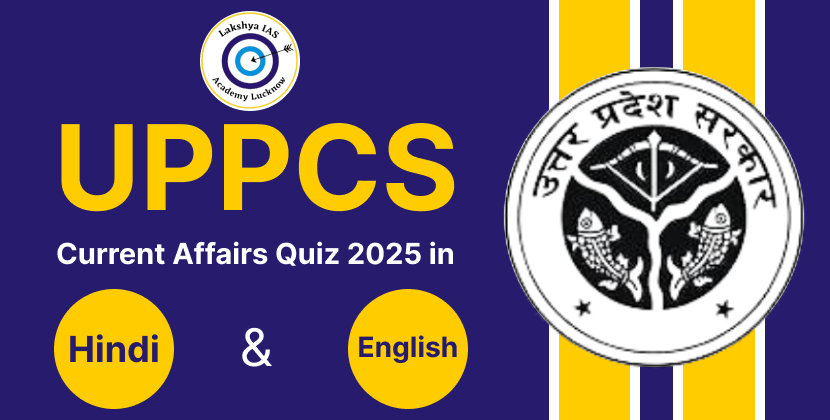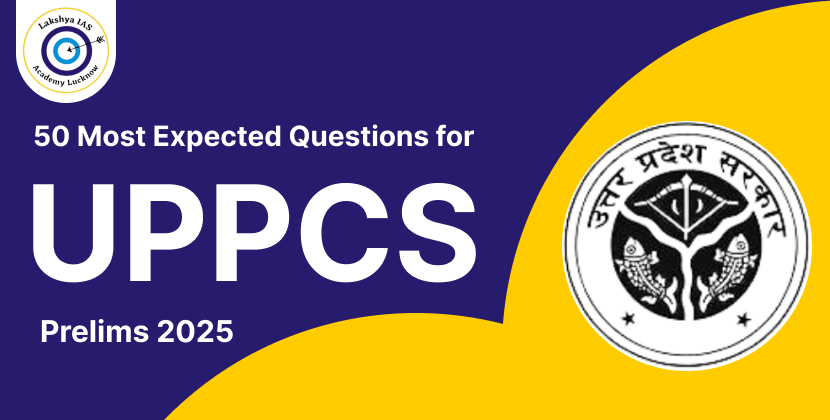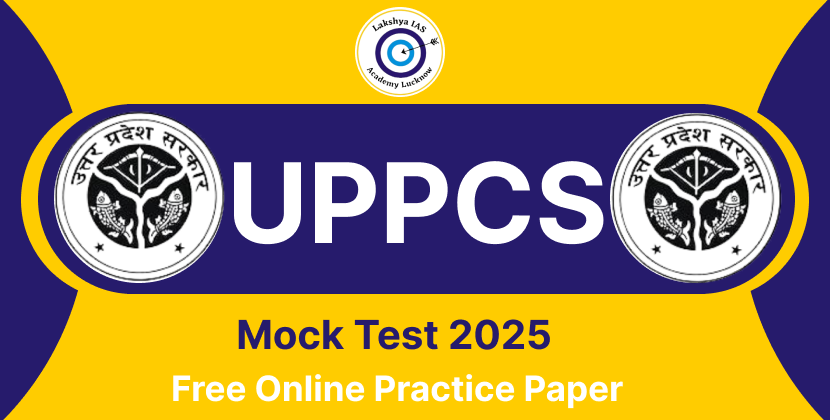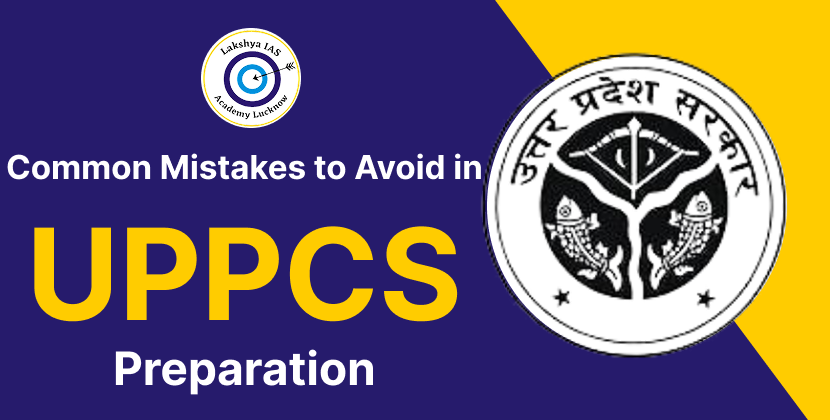1. Introduction
2. Overview of Job Profile
3. Day‑to‑Day Responsibilities
4. Career Progression & Promotion Path
5. Perks & Working Conditions
6. UPPCS vs Other Services
7. Aspirant Perspectives & Real‑World Insights
8. Strategic Advice for Candidates
9. Conclusion
Encourage balanced expectation setting: resonate with aspirants who seek both service and growth.
Reiterate the potential of PCS → IAS transition and the real-world impact of serving in critical administrative positions.
Summarize the attractiveness of UPPCS via varied roles, structured progression, and regional influence.
Understand real constraints: politics, bureaucratic friction, and personal satisfaction factors.
Leverage perks wisely—accommodation, location postings, and long-term planning are key.
Aim for performance early to position for IAS promotion or key district roles.
Be prepared for dynamic roles: build administrative, legal, and public communication skills.
Choose UPPCS for stability, governance impact, and a structured career ladder with real authority.
Challenges cited: Nepotism allegations, exam integrity concerns, and perceptions of bias in selection processes Reddit.
“A PCS officer can advance to the highest rank of department secretary.” Reddit
“UPPCS has become mini UPSC … promotions … have become quite regular.” Reddit
From Aspirants and Officers:
PCS offers broader administrative exposure and higher career ceilings than technical or clerical state services.
Compare with Group-B or departmental services:
IAS promotion is competitive; PCS→IAS transitions are possible but limited and determined by vacancies and performance.
Even though IAS offers centralized power structures, PCS officers can achieve high administrative influence and regional prominence.
Contrast with UPSC/IAS:
High workloads, political pressures, systemic constraints, and policy ceilings can lead to frustration—even career exits or transfers to coaching roles (according to discourse in civil services forums).
Challenges:
High job security as government servants; key roles command societal respect and drive direct community impact SHRI RAM IAS.
Work Stability & Prestige:
Government-provided residences, utilities, medical support, transport, phone facilities, study leave, and staff support (security/domestic helpers) TestbookTestbookIAS Next.
Non-monetary Perks:
A merit-driven promotion path allows standout PCS officers to enter the IAS cadre, often receiving retrospective batch assignment based on years served CareerGuideReddit+1.
Merit-Based IAS Transition:
SDM at entry; CDO or ADM by Level 12; Additional Divisional Commissioner or further senior roles at Levels 13–15.
Professional Roles Associated with Levels:
~27 years: Level 15
~20 years: Level 14
~16 years: Level 13A
~12 years: Level 13
~8 years: Level 12
~5 years: Level 11
Timeline Estimates (approximate years of service to each level) EDUREV.INIAS Next:
Higher Administrative Grade (Level 15): ₹1,82,200–2,24,100 EDUREV.INCareers360 Competition ExamsBYJU'S Exam Prep.
Senior Administrative Grade (Level 14): ₹1,44,200–2,18,200
Super Time Scale (Level 13A): ₹1,31,100–2,16,600
Selection Grade (Level 13): ₹1,18,500–2,14,100
Junior Administrative Grade (Level 12): ₹78,800–1,91,500
Senior Time Scale (Level 11): ₹67,700–1,60,000
Junior Time Scale (Level 10): ₹56,100–1,32,000
Formal Pay-scale Progression: According to the 7th Pay Commission:
Emphasize the dynamic, often high-stakes nature of public administration roles, including crisis management and public engagement.
Illustrative scenarios: An SDM resolving land disputes versus a CDO driving rural welfare projects, or an ADM tackling COVID relief distribution.
In ADM or CDO Roles: Overseeing finances, urban management, developmental schemes, land acquisition, etc.
In Tehsil/District Roles: Handling law and order, revenue cases, public grievances, and local administration as SDM.
PCS officers implement policies, maintain law & order, oversee revenue administration, and act as interfaces between the public, ministers, and secretariat officials Prashikshan IASYour Civil WikiWikipedia.
Administrative Scope:
Potential postings at the divisional level as Additional Divisional Commissioner (types include Judicial, Revenue, Executive) Your Civil WikiSiakadpt.
Later advancement to Chief Development Officer (CDO) responsible for district-level developmental administration Your Civil Wiki.
Senior-Level Responsibilities:
Elevation to Additional District Magistrate (ADM) with diverse portfolios such as ADM (Finance & Revenue), ADM (Executive/City/Law & Order/Protocol) SiakadptYour Civil Wiki.
Promotion to City Magistrate, Special Land Acquisition Officer, GM of Sugar Mills, or Deputy Director (Mandi) Siakadpt.
Mid-Level Roles:
Sub-Divisional Magistrate (SDM), often also as Additional City Magistrate, Deputy Collector (Revenue), or Judicial SDM depending on district needs SiakadptYour Civil Wiki.
Entry-Level Postings: After training, UPPCS officers serve as:
Highlight the importance of clarity on job roles and long-term career trajectory for aspirants planning for meaningful administrative careers.
Introduce the UPPCS (Uttar Pradesh Provincial Civil Services) and its significance in the state bureaucracy.

Lakshya IAS





.png)
.png)

.png)

Leave a Comment